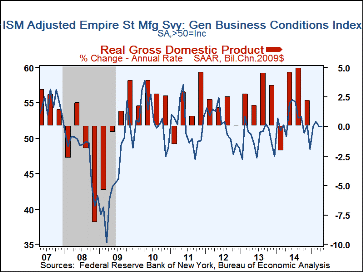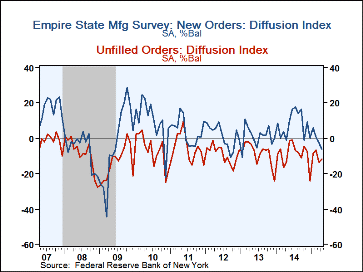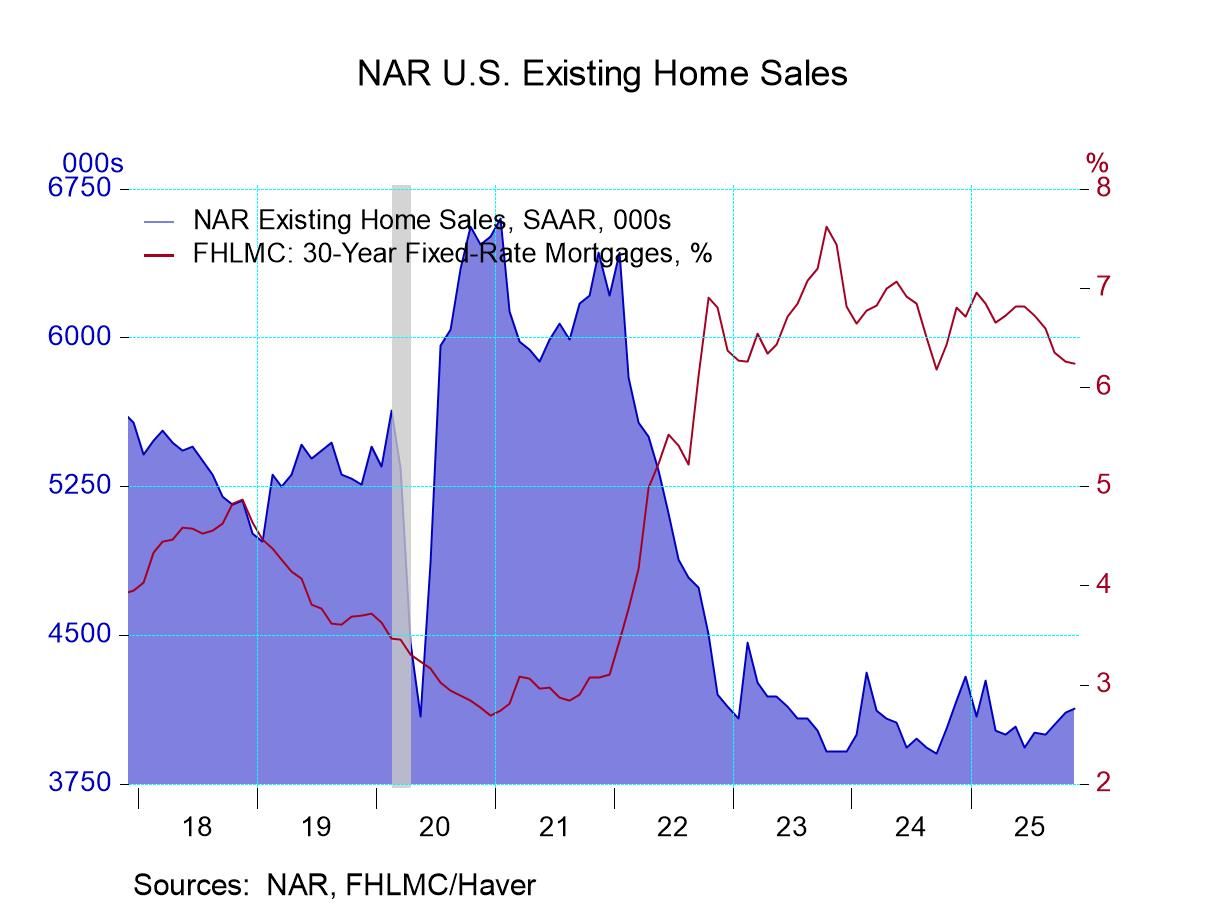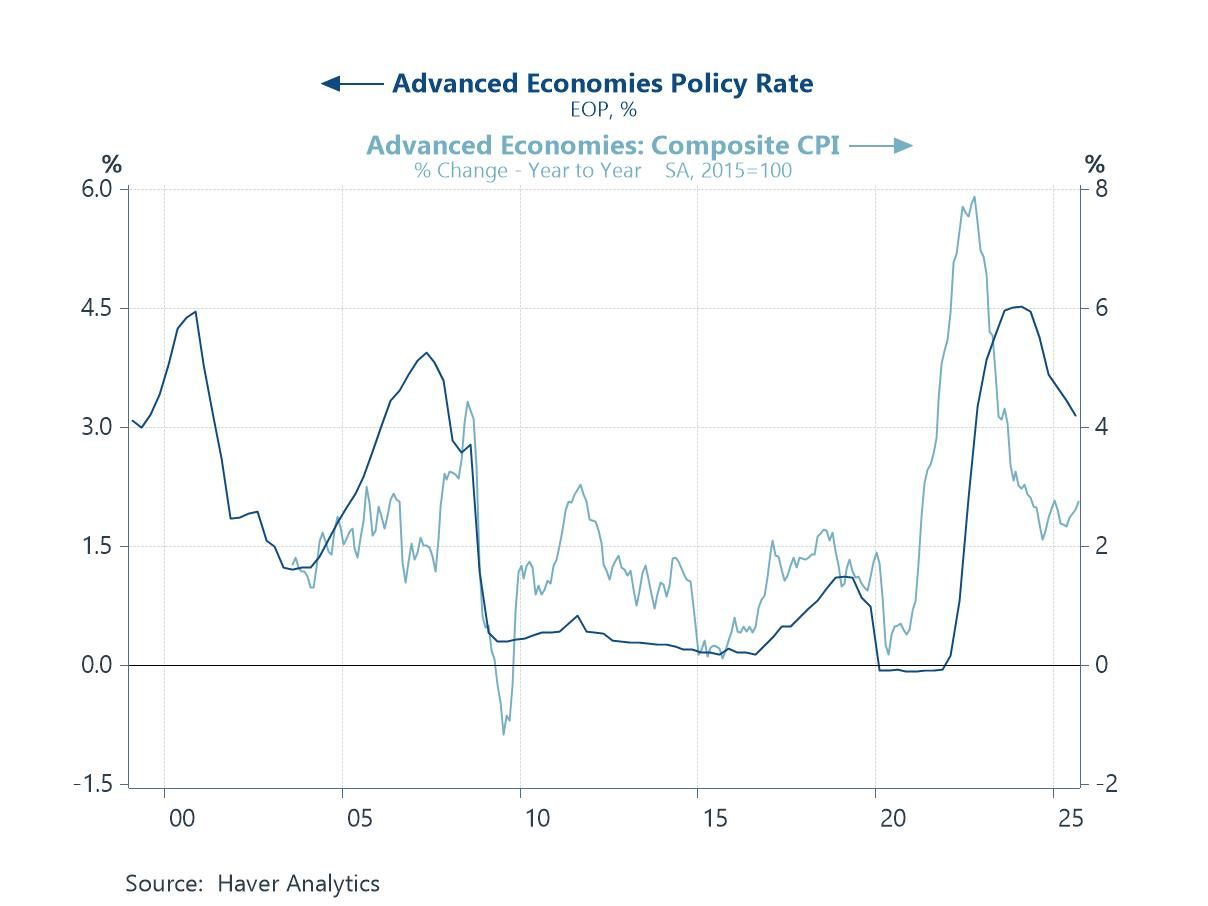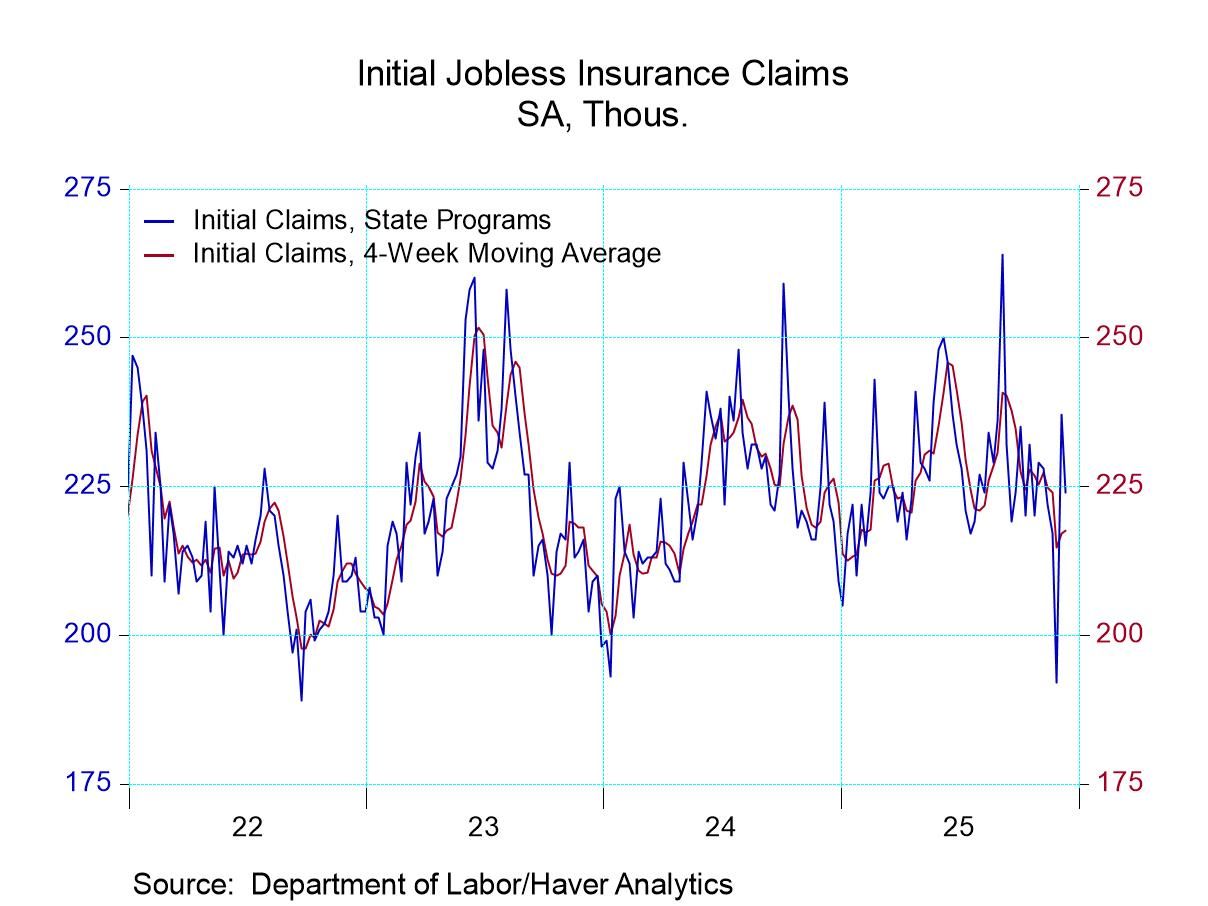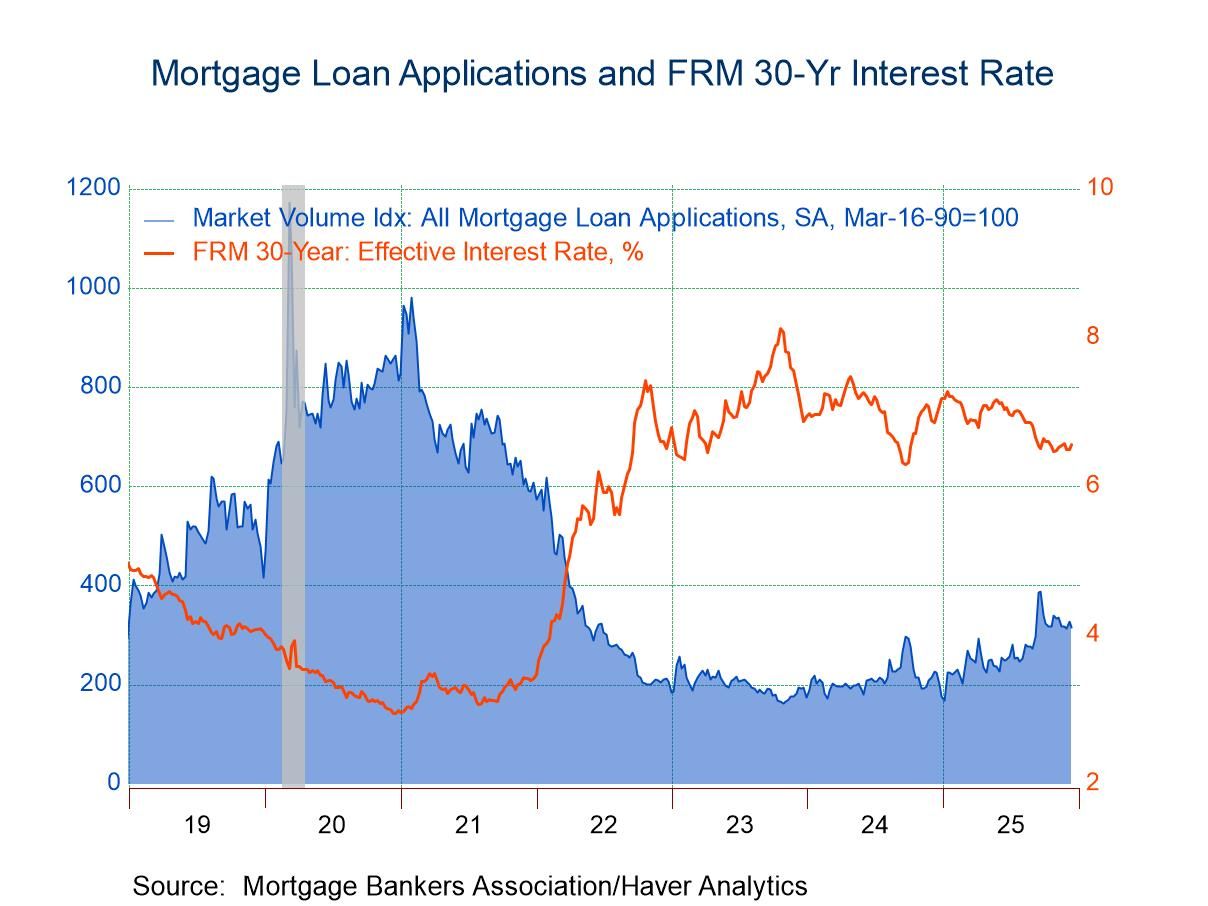 Global| Apr 15 2015
Global| Apr 15 2015Empire State Factory Sector Index Turns Slightly Negative
by:Tom Moeller
|in:Economy in Brief
Summary
The Empire State Factory Index of General Business Conditions declined to -1.19 during April after slipping to 6.90 in March. The figure, from the Federal Reserve Bank of New York, was the first negative reading since December and [...]
The Empire State Factory Index of General Business Conditions declined to -1.19 during April after slipping to 6.90 in March. The figure, from the Federal Reserve Bank of New York, was the first negative reading since December and remained well below the 27.41 peak reached last September. The latest fell well short of expectations for 6.8 in the Action Economics Forecast Survey.
Based on these figures, Haver Analytics calculates a seasonally adjusted index that is compatible to the ISM series. The adjusted figure held steady m/m at 51.7 but was below the June peak of 55.4. A rising level of activity is indicated by a figure above 50. Since inception in 2001, the business conditions index has had a 68% correlation with the quarterly change in real GDP.
Movement in the component series was mixed last month. The weakest reading was employment which backpedaled into negative territory. During the last ten years, there has been a 71% correlation between the index level and the m/m change in factory sector payrolls. Also remaining negative were the new orders, unfilled orders, average workweek and delivery times figures. Improvement was evident in shipments and inventories.
The prices paid index rose to its highest level since September. Twenty four percent of respondents reported paying higher prices while five percent realized lower prices. During the last ten years, there has been a 70% correlation between the index and the 3-month change in the intermediate goods PPI.
Looking ahead, the Empire State index of expected business conditions in six months improved to 37.06, the highest level in three months. Inventories, new orders, shipments, delivery times, capital spending and prices paid led the gain, offset by employment, unfilled orders and the average workweek.
The Empire State figures are diffusion indexes which are calculated by subtracting the percent of respondents reporting poorer business conditions from those reporting improvement. Thus, they have a good correlation with growth in the series covered. The data is available in Haver's SURVEYS database. The ISM-adjusted headline index is calculated by Haver Analytics. The series date back only to 2001. The Consensus expectation figure can be found in Haver's AS1REPNA database.
| Empire State Manufacturing Survey | Apr | Mar | Feb | Apr'14 | 2014 | 2013 | 2012 |
|---|---|---|---|---|---|---|---|
| General Business Conditions (ISM Adjusted) | 51.7 | 51.7 | 52.4 | 50.3 | 52.4 | 50.0 | 51.8 |
| General Business Conditions (Diffusion Index, %) | -1.19 | 6.90 | 7.78 | 3.49 | 11.83 | 3.87 | 4.22 |
| New Orders | -6.00 | -2.39 | 1.22 | -0.94 | 7.89 | 1.16 | 1.46 |
| Shipments | 15.23 | 7.93 | 14.12 | 7.72 | 12.09 | 4.52 | 11.20 |
| Unfilled Orders | -11.70 | -13.40 | -6.74 | -13.27 | -9.03 | -8.74 | -8.83 |
| Delivery Time | -4.26 | -2.06 | 1.12 | -9.18 | -5.17 | -3.52 | -0.30 |
| Inventories | 2.13 | -5.15 | -2.25 | -3.06 | -1.80 | -5.73 | -2.91 |
| Number of Employees | 9.57 | 18.56 | 10.11 | 8.16 | 10.85 | 3.73 | 8.62 |
| Prices Paid | 19.15 | 12.37 | 14.61 | 22.45 | 20.90 | 21.53 | 24.71 |
Tom Moeller
AuthorMore in Author Profile »Prior to joining Haver Analytics in 2000, Mr. Moeller worked as the Economist at Chancellor Capital Management from 1985 to 1999. There, he developed comprehensive economic forecasts and interpreted economic data for equity and fixed income portfolio managers. Also at Chancellor, Mr. Moeller worked as an equity analyst and was responsible for researching and rating companies in the economically sensitive automobile and housing industries for investment in Chancellor’s equity portfolio. Prior to joining Chancellor, Mr. Moeller was an Economist at Citibank from 1979 to 1984. He also analyzed pricing behavior in the metals industry for the Council on Wage and Price Stability in Washington, D.C. In 1999, Mr. Moeller received the award for most accurate forecast from the Forecasters' Club of New York. From 1990 to 1992 he was President of the New York Association for Business Economists. Mr. Moeller earned an M.B.A. in Finance from Fordham University, where he graduated in 1987. He holds a Bachelor of Arts in Economics from George Washington University.



